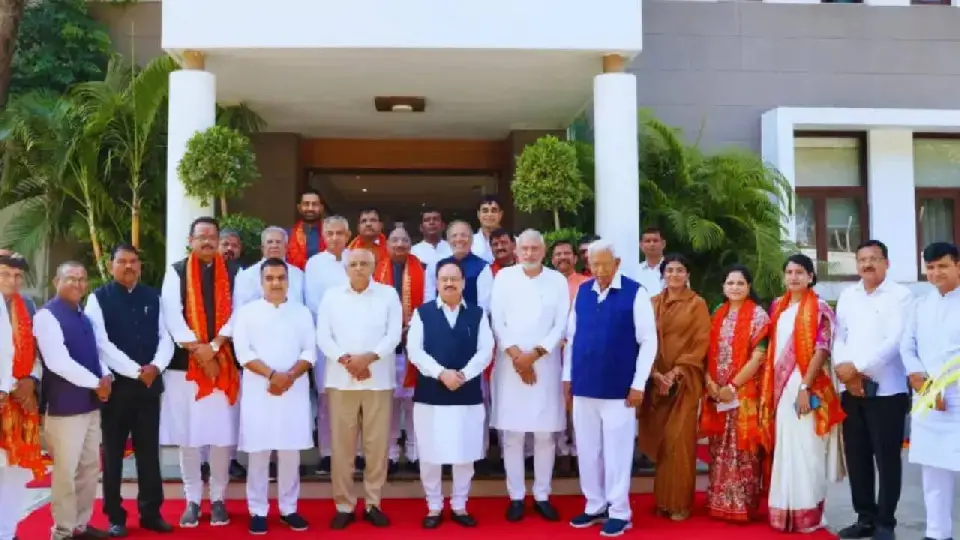
Gujarat Chief Minister (Credit:Top Indian News)
National News: The most eye-catching appointment in the new Gujarat cabinet is Harsh Sanghvi, now the state’s Deputy Chief Minister. He has been trusted with several key portfolios-Home, Law, Transport, Industry, Sports, and Justice. This elevation signals his rising influence in Gujarat’s politics and showcases the BJP’s confidence in his administrative ability. Sanghvi’s new role highlights the strategy of balancing youthful energy with political maturity, as he is now positioned to be a key face in Gujarat’s leadership journey.
A surprise yet strategic inclusion is Rivaba Jadeja, wife of cricketer Ravindra Jadeja. She has been given charge of Primary, Secondary, and Adult Education. This marks her first major entry into state politics, and her induction is seen as a move to connect with young and women voters. Rivaba’s appointment indicates the BJP’s push to bring in new-age leadership with a popular public image. Her portfolio directly impacts schools and learning systems, making her one of the most closely watched ministers in this government.
Chief Minister Bhupendra Patel continues to hold major portfolios under his direct control. These include General Administration, Revenue, Planning, Mines and Minerals, Information and Broadcasting, and the Narmada Project. By retaining these critical sectors, Patel has kept the central levers of governance in his own hands. This shows his intent to maintain strong control over Gujarat’s policy direction. His grip on administrative reforms also suggests he will personally monitor large-scale development projects ahead of the 2027 Assembly elections.
While the cabinet saw the rise of new leaders, several experienced ministers have also returned. Kanubhai Desai, Jitendra Vaghani, Rushikesh Patel, and Kunwarji Bavaliya remain important players in the government. Their experience balances the youthful energy of the new faces, ensuring continuity in governance. This mix of seniors and freshers reflects a well-calculated BJP strategy—keeping the old guard for stability while projecting emerging leaders for future challenges.
The Patel government has made sure that representation is broad-based. Ministers from tribal regions have been given departments such as Tribal Development and Food Supply. Dr. Manisha Vakil, another important appointment, has taken charge of Women and Child Development. This distribution underlines the government’s intent to address rural, tribal, women, and social justice issues. By structuring the cabinet with social and regional inclusivity, the BJP has attempted to expand its grassroots connect across communities.
The expansion of the Gujarat cabinet is not just about governance—it is also about politics. With Assembly elections scheduled in 2027, this move is seen as the BJP’s early preparation. By giving space to youth, women, and leaders from marginalized sections, the party is setting its narrative for the future. The inclusion of Rivaba Jadeja and the rise of Harsh Sanghvi are clear indications that the BJP wants to project new leaders who can appeal to different social bases.
The new Gujarat council of ministers stands out as a careful blend of diversity, fresh energy, and political calculation. With 19 new faces, the government has created space for new leadership while retaining control through experienced ministers and Patel himself. This cabinet is designed not only for effective governance but also as a strategic weapon in the run-up to the 2027 elections. It shows how the BJP plans to sustain dominance in Gujarat politics by mixing stability with transformation.

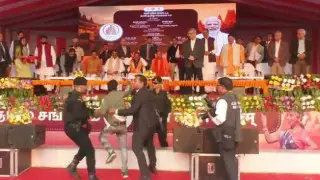
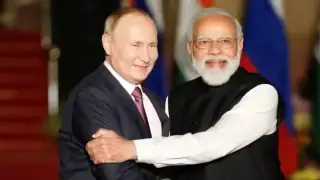
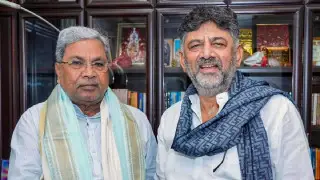
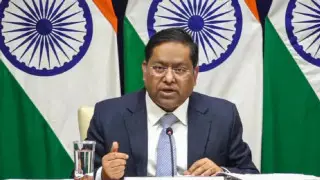








Copyright © 2025 Top Indian News
